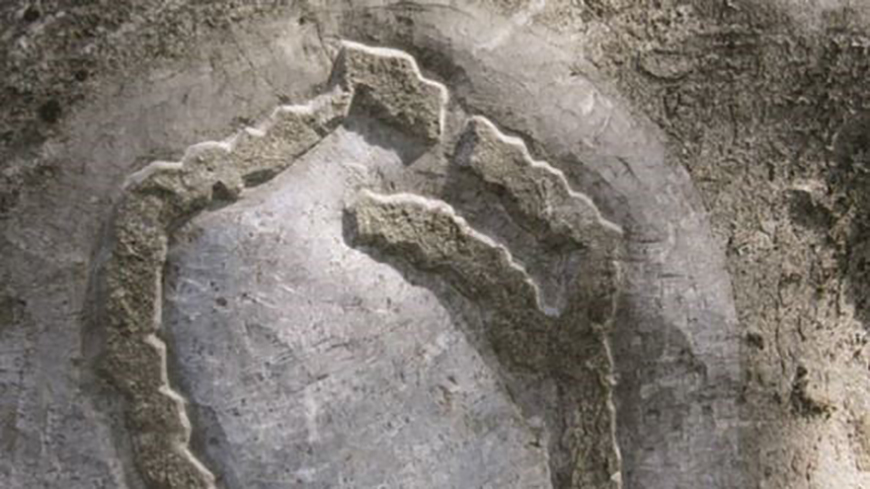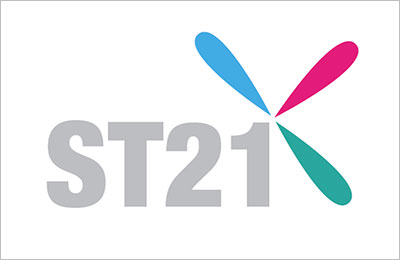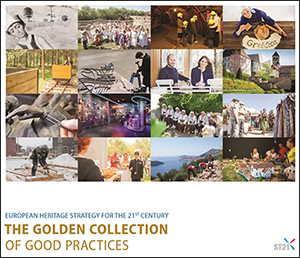Location of the initiative:

Relation to Strategy 21 Recommendations:
D7 - Give consideration to heritage in sustainable tourism development policies
Time span of the initiative:
Start Date: 2014 / End Date: On-going, permanent
Motivation / Methodology
A vast cultural heritage of the iron age hillfort culture in the Northern Adriatic area is without doubt a huge non-exploited possibility to become the main economic motor for the local rural economy. The geographic area (Slovenian Carst sub-region) we are dealing with is economically and demographically endangered, with low employment possibilities and a weak economy.
The development is being done in steps:
· raise awareness and knowledge among the local population of what they really have under their feet, both for the scope of better protection and the birth of new entrepreneur ideas, based on the heritage;
· involve the vastest possible science circles, to research the archaeological heritage and its wider cultural and natural context without damaging it (or bringing the least possible damage to it);
· design and develop new touristic products, to “roll the ball” of the local economy;
· use the revenues to finance further research and presentation.
· We are in the middle of the second step. Until now we have financed all activities from private (personal) sources.
Obstacles / Barriers
Obstacles we are facing:
· financing is a constant bottleneck;
· ownership of the land somehow obstructs the protection of heritage sites;
· lack of human resources in public authorities slows down the processes.
Change / Impact
The hillfort Debela Griža and our activity is clearly identified as the best practice in heritage protection within expert circles. The cooperation between us (a private, non profit entity) and the different public authorities and experts is exemplary.
We organise exhibitions, we present ourselves at fairs, we organise conferences and issue books on the matter. We managed to include a chapter about iron age hillforts in the school history books (these were lacking until recently).
The hillfort culture is becoming more known among the local population, our next aim is to make it known in the tourist industry.
Lessons learned
The development of economic activities, based on cultural heritage, is a long long process with many stakeholders involved.
Firstly, we learned that we have to gain everyone’s trust (initially there is an upfront doubt everywhere, as though someone is going to steal something). Then we learned that the experts (who usually work in public subjects) are more than available to cooperate in any development project like ours. We learned that the local population can see a development project as an opportunity or as a threat and finally we understood that a long (5 to 10-year time frame) and persistent investment of time and money (although not huge amounts) is necessary to obtain consistent economic results.
Online resources
- https://radioprvi.rtvslo.si/2017/06/razkosje-v-glavi-69/ nice description of our efforts at the national radio and television website;
- https://www.arnes.si/files/2017/05/Valvasorjeve-nagrade_priznanja_in_diplome_2016_SMD.pdf , awards for our effort, see page 13;
- http://www.mk.gov.si/si/medijsko_sredisce/novica/7350/ one of our exhibitions, in the hall of the Ministry of Culture of the Republic of Slovenija.
Contact information
Živec Goran
Zavod Krasen Kras
goran.zivec@krasenkras.eu
www.krasenkras.com
Source of financing
Private financing
Financing details
Owner’s savings





